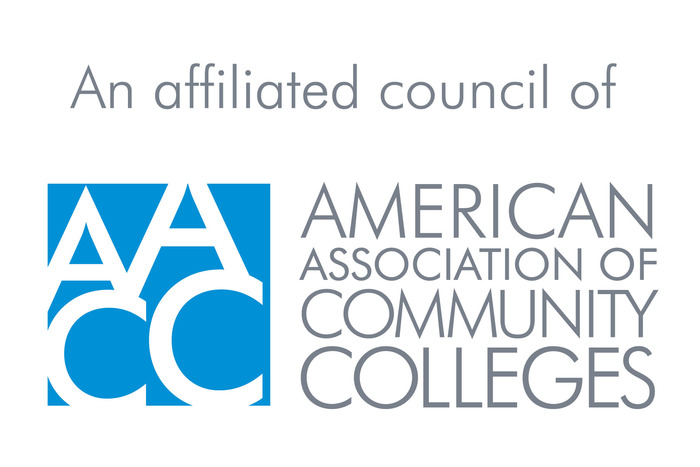Table of Contents
Digital Literacy in Education
Julie Howell, EdD, Assistant Professor and Director of Educator Preparation Services, College of Education, Leadership & Technology, Tarleton State University, Stephenville, TX
This manuscript examines the importance of digital literacy development and technology integration in teacher education programs. Traditional students currently enrolled in teacher education programs are referred to as “digital natives” in a world that is overrun by technology. These students have been raised with technology readily available from a very young age. They use it in their daily lives and understand it better than “digital immigrants”, or those who are not as familiar with technology. Digital literacy development in schools is critical for student engagement, implementation of 21st century skills, and differentiated teaching and learning styles. A common barrier to technology integration is teachers’ lack of technology skills and training. The need to infuse digital literacy throughout the curriculum is essential for innovation and academic engagement. It is critical for teacher education programs to incorporate technology education into the curriculum to better prepare new teachers for the 21st century classroom.
eFaculty Coaching: A Model for Increasing Communication, Interaction, Quality, and Compliance in Online Courses
Kristen P. Kelton, MS, Director of Academic Affairs, Tarrant County College, Connect Campus, Fort Worth, TX
Tarrant County College is committed to aligning the instructional design and delivery of online community college courses to the Quality Matters (QM) standards. The efaculty coaching model launched in Fall 2018; to date, remote coaches have observed and collected data in over 700 online courses. That data is based on QM standards 1, 5, and 6. The goal is to ensure that fully online classes provide exceptional Course Communication, Learner Engagement, and Instructor-Student Interaction. This paper highlights lessons learned and improvements made to the process. A timeline of goals for implementation, sample data, and potential ways to inform individualized professional development opportunities are presented. The author’s intent is to provide a roadmap for other institutions considering an efaculty coaching model.
Expanding and Maximizing Flexibility, Choice and Accessibility with HyFlex Courses
Glenda Hernandez Tittle, PhD, Montgomery College, Rockville, MD; John A. Bone, MEd, Associate Professor, Allegany College of Maryland, Cumberland, MD
Options, choice, and flexibility in education access and course scheduling is a top priority for Higher Education Institutions around the country. While distance learning options have increased, the complexity and competing priorities in students’ schedules have only increased the demand for even more creativity and innovation in choice. This article focuses on the experience of two Maryland colleges and the process of developing HyFlex courses as a three-modal option. HyFlex courses allow students to change how they access the course: face-to-face, virtual synchronous and or online asynchronous- and they can change this preference throughout the semester. Technology and pedagogical considerations, cost, lessons learned and recommendations for those interested in developing their own HyFlex courses are discussed.
Improving Student Engagement in Online Learning: A Study on Interactive Multimedia Tools in Higher Education
Christina L. Asroff, Ed.D, Multimedia Manager, Wilmington University, Wilmington, DE
This study examined the effect of instructor-generated multimedia on student engagement in six sections of one online graduate course. This study observed the use of VoiceThread and Collaborate Ultra. The pre-developed online course template assignments were modified to use the tool specified. The students were administered a confidential survey in their section and the instructor was interviewed at the end of the term. The protocol for each was developed by the researcher to determine student engagement in connection to the Community of Inquiry model. This model states that a complete educational experience is developed through social, teaching, and cognitive presence (Garrison, Anderson & Archer, 2000). The use of the tools proved to have a positive impact on student engagement, social presence, teaching presence, and cognitive presence. This study was done to highlight the importance of incorporating instructor-generated multimedia into course content in order to increase student-to-instructor, student-to-student, and student-to-content interaction and engagement. Online learning is growing , therefore, understanding what engages these students is necessary in order to improve knowledge retention and development.

